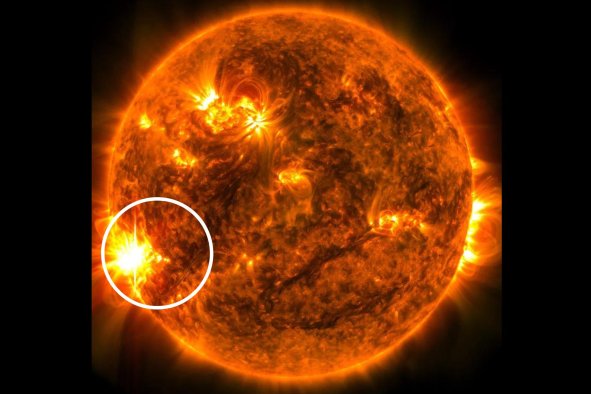Lake Mead's projections are improving following two consecutive wet winters, with zero risk of falling below 1,000 feet before 2028, new Bureau of Reclamation figures show.
The figures, released on May 29, show the Nevada-Arizona reservoir's five-year outlook much improved. The projections are updated three times a year and show a range of scenarios that influence potential water use cuts based on varying reservoir levels.
One key takeaway from the latest projections is the zero percent chance that Lake Mead will fall below 1,000 feet before 2028. This is a notable improvement from January's projection, which estimated a 3 percent chance.
However, the projections also show a 13 percent chance that the reservoir could fall below 1,020 feet by 2028, a figure that remains unchanged from January. The lowest recorded elevation for Lake Mead was 1,040.58 feet in 2022, highlighting the ongoing risks despite recent improvements. The variability in the projections underscores the impact of weather conditions, which can significantly alter the reservoir's future.
Any changes in Lake Mead's water levels are important, as in recent years, the reservoir, which stores water for 25 million people living in the region, has fallen well below average.
In July 2022, the lake reached a record low of 1,040 feet, the lowest it has been since it was first constructed in the 1930s. This was mainly due to prolonged drought conditions that plagued the southwestern U.S. for years.
These conditions, paired with the region's overconsumption of water, meant that water resources were being used more quickly than they were being replenished.
The five-year projections are even more important as the 2007 Colorado River interim guidelines are set to expire in 2026. Alongside this, two groups of Colorado River states continue to debate how to manage the ongoing water scarcity crisis, including the operational strategies for reservoir releases.
The U.S. Bureau of Reclamation is expected to release a two-year projection in mid-June that will determine whether Nevada needs to implement further water usage cuts. Last year, Nevada had to reduce its Colorado River allotment by an additional 4,000 acre-feet based on June's projection.
While the latest projections offer some hope for improved conditions at Lake Mead, the broader context of climate variability and interstate water politics suggests that significant challenges remain. The upcoming two-year projection will be a critical indicator for southern Nevada, potentially influencing water management decisions for the near future.
Do you have a tip on a science story that Newsweek should be covering? Do you have a question about Lake Mead? Let us know via science@newsweek.com.
Disclaimer: The copyright of this article belongs to the original author. Reposting this article is solely for the purpose of information dissemination and does not constitute any investment advice. If there is any infringement, please contact us immediately. We will make corrections or deletions as necessary. Thank you.



